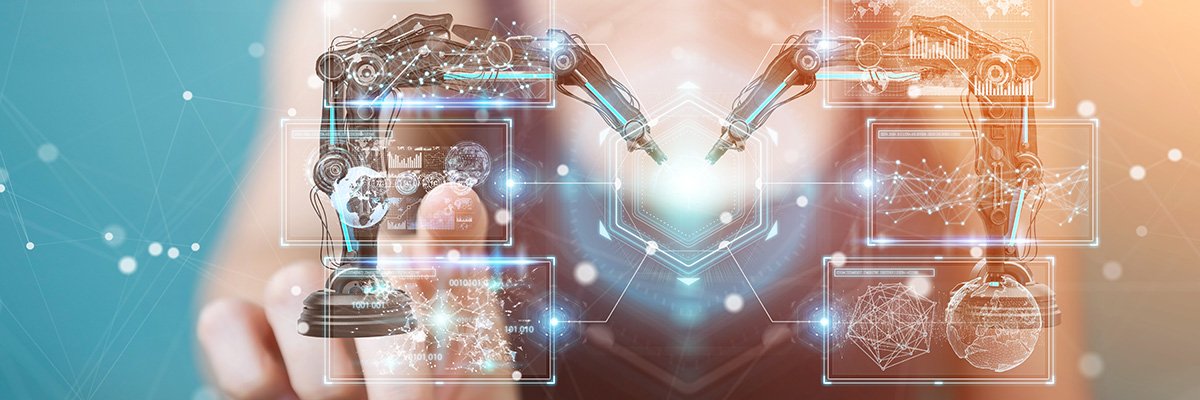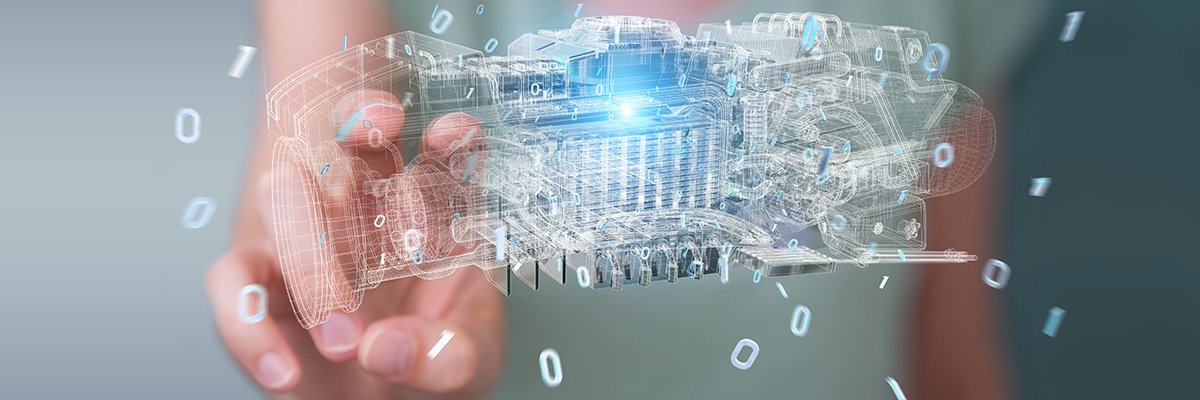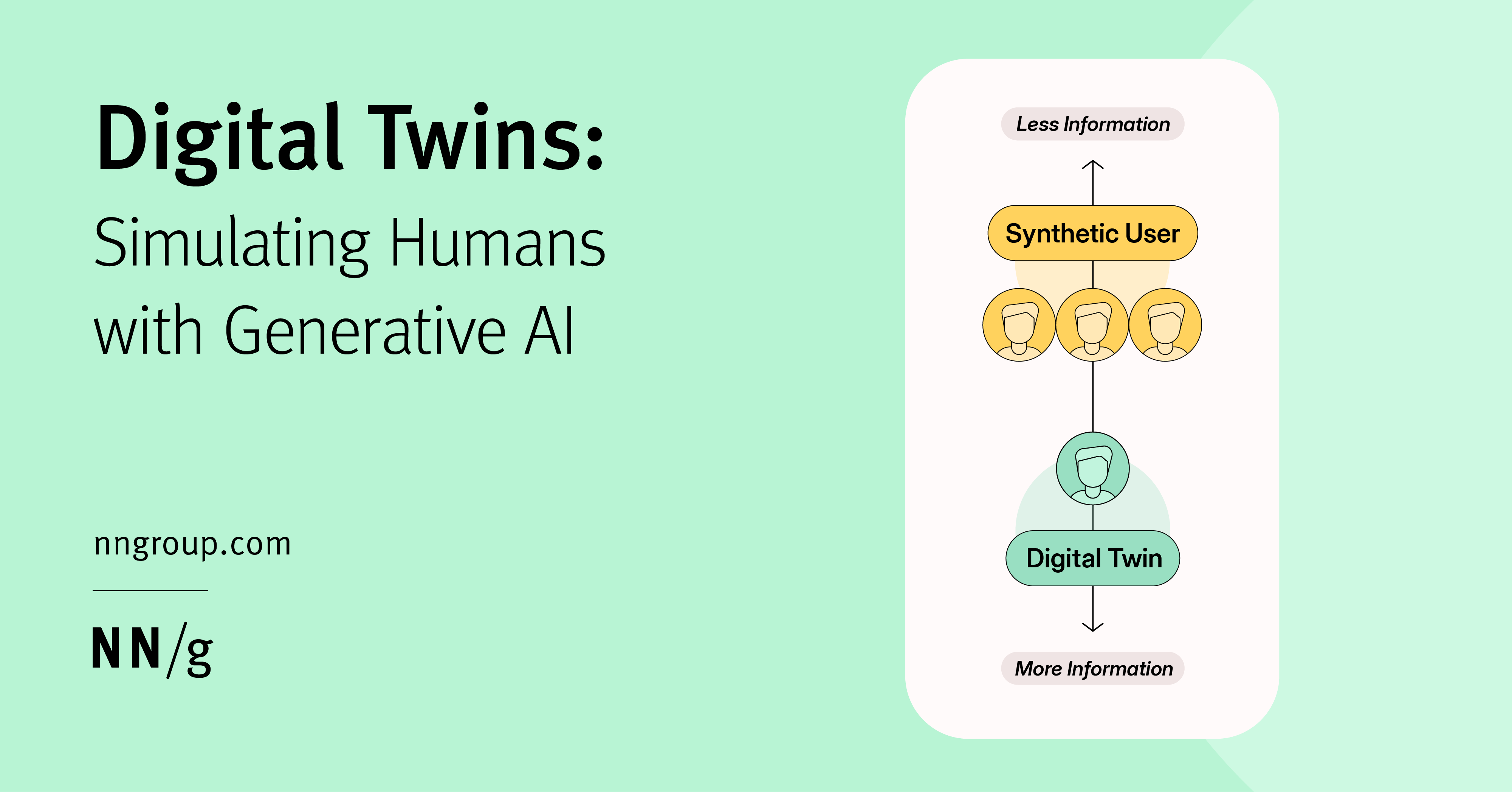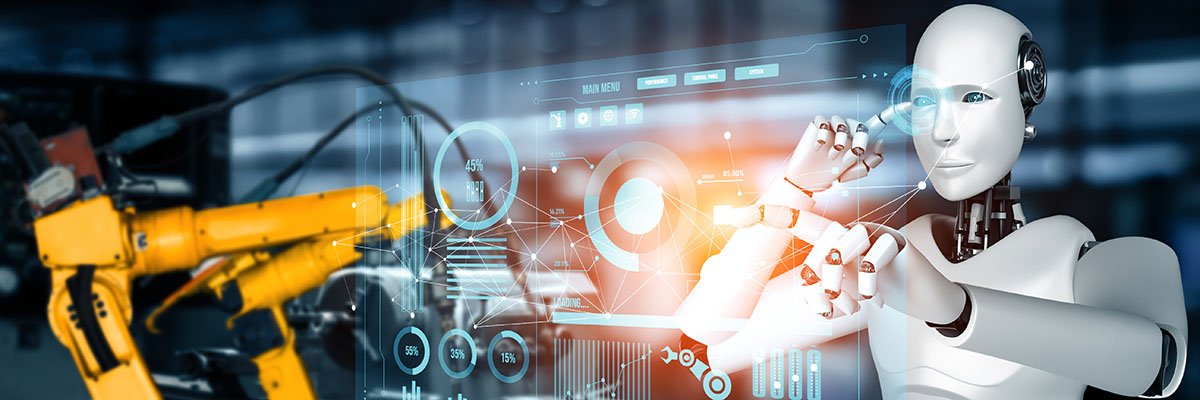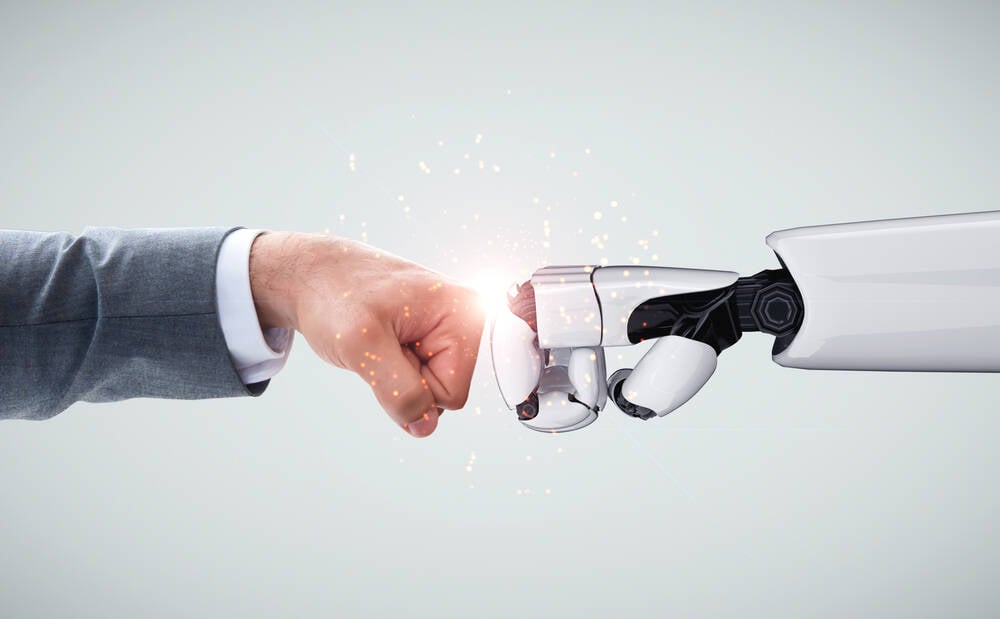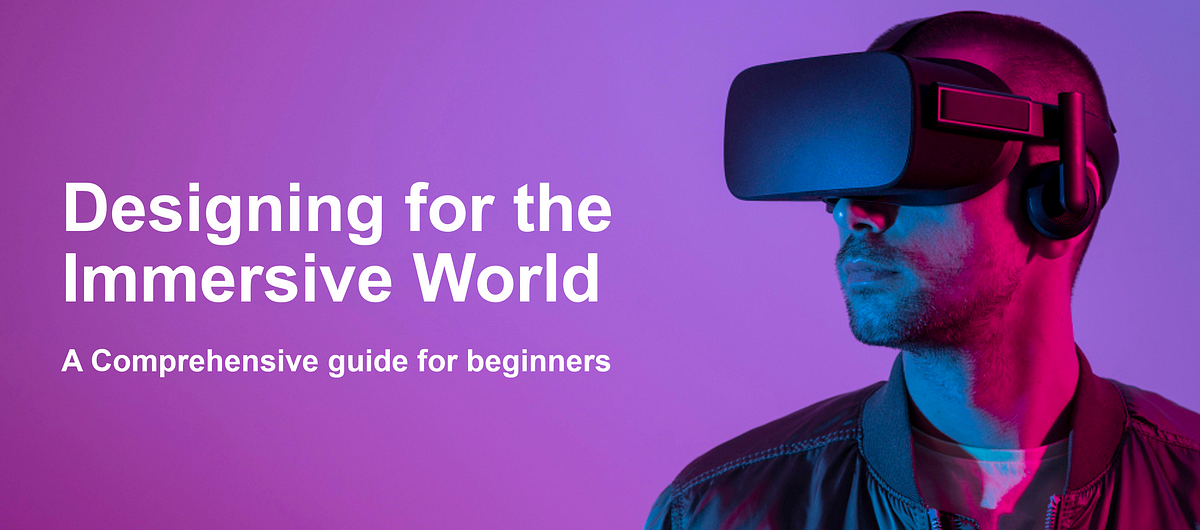#digital-twins
#digital-twins
[ follow ]
#automation #ai #artificial-intelligence #identity #ethics #generative-ai #robotics #urban-planning #ux-in-ai
fromForbes
1 week agoDepth Over Flash: The New Rules For Personal Brand Influence In 2026
With AI reshaping how content is created and audiences becoming more selective about who they trust, personal brands and influencers are entering a new era-one where being real, clear and genuinely useful matters more than ever. Technology will keep accelerating, but the voices that feel grounded, human and intentional are what will most stand out. Below, the members of Forbes Business Development Council share emerging strategies personal brands and influencers should prepare for in the new year. From cultivating micro-communities to developing AI-native brand tools, these approaches can strengthen your credibility, capacity and overall influence in 2026 and beyond.
Social media marketing
Artificial intelligence
fromFast Company
1 month agoSoon, anyone with enough data will be able to build a digital version of themselves. But should they?
AI-created digital twins can replicate a person's voice, writing, and decisions, enabling scaled productivity while raising identity, authenticity, and ethical concerns.
Venture
fromTechCrunch
2 months agoEightfold co-founders raise $35M for Viven, an AI digital twin startup for querying unavailable coworkers | TechCrunch
Employee-specific LLM-powered digital twins provide instant colleague knowledge access while enforcing pairwise privacy controls to protect sensitive or personal information.
fromTelecompetitor
2 months agoWhen Networks Woke Up: Moving From Sedentary to Sentient
Modern telecommunications networks are undergoing a fundamental transformation, evolving from reactive models to proactive, intelligent systems powered by artificial intelligence (AI) that can predict, prevent, and resolve issues before they impact customers. This evolution represents three distinct phases of network intelligence, each building upon the last to create increasingly sophisticated operational capabilities. Detecting Network Anomalies: The Foundation of Smart Operations The first phase focuses on detecting network anomalies through advanced monitoring systems using the current systems' tools and capabilities.
Artificial intelligence
fromIPWatchdog.com | Patents & Intellectual Property Law
2 months agoThe AI Revolution: From Drilling to Algorithms, Inventing an Energy Future / IPWatchdog Unleashed
Marlene, known for her expertise in invention harvesting and intellectual property (IP), is making significant strides at Halliburton as a pioneer of modern IP practices and a champion for the use of Artificial Intelligence (AI). During our conversation, Marlene shares insights from her role as an innovation scout, the challenges of encouraging innovators inside Halliburton to recognize the importance and magnitude of their novel contributions, and the exciting advancements in drilling technology facilitated by AI.
Tech industry
Science
fromLondon Business News | Londonlovesbusiness.com
2 months agoHow simulation is advancing in today's engineering industry - London Business News | Londonlovesbusiness.com
Simulation technologies enable UK engineering firms to predict behaviour more accurately, reduce development costs and time, and maintain competitive advantage.
fromBusiness Matters
2 months agoAI and Digital Twins: Transforming EAM Software and Maintenance Management
A new chapter has begun in the realm of enterprise asset management (EAM) across various industries. The role that was once viewed as merely traditional-monitoring assets, organizing repairs, and minimizing downtime-has evolved into a strategic force driving efficiency, sustainability, and competitive advantage. The catalysts behind this change are artificial intelligence (AI), digital twins, and virtual operations centers (VOCs). These technologies have evolved beyond mere experimental additions. These are established strategies transforming the way organizations oversee, control, and enhance their resources.
Artificial intelligence
fromAcm
2 months agoDigital Twins: Initiatives, Technologies, and Use Cases in the Arab World
Digital twins (DTs) are virtual replicas of components, assets, systems, or processes, linked to their real-world counterparts, continuously updating their states and simulating their behavior in real-time, as illustrated in Figure 1. They are adopted for monitoring, predicting, and optimizing the performance of diverse systems, bridging the gap between design, testing and deployment. Through conceptual design, virtual verification, and commissioning, DTs open ample room for data-driven optimization and decision making, enhancing strategic planning and risk mitigation in verticals of paramount importance to the Arab world's economic development and citizen's safety and well-being.
Science
fromForbes
2 months agoAI-Powered Conversations: Infobip's Unified Approach
At the beginning of September, Infobip, a leading Cloud Communications as a Service (CPaaS) platform, and the MoneyGram Haas Formula One (F1) team announced that they were going to launch a WhatsApp-based conversational assistant at the F1 race that took place at Monza, in Italy, on September 7th. The conversational assistant, available via a Click-To-WhatsApp ad integration from Facebook and Instagram, was designed to enable the team to develop deeper connections with fans worldwide by giving them the chance to win signed race memorabilia
Artificial intelligence
Software development
fromApp Developer Magazine
11 months agoNext level GIS using realtime 3d solutions with Unity and Esri
Combining Esri GIS data with Unity's real-time 3D engine enables interactive visualization and simulation of urban, transportation, and energy systems for planning and asset management.
fromDigiday
3 months agoH&M, Nike and other brands use AI to duplicate celebrities and drive original storytelling
Storytelling has always been at the core of brand marketing. Now, with AI becoming more deeply embedded in creative workflows, marketers are finding new ways to scale emotional, multimodal narratives that connect with audiences across channels. According to a recent study conducted by DMEXCO and Kantar, emotional advertising increases brand demand by more than 60%. In a dynamic and crowded landscape, emotional narratives - especially those that can be personalized, scaled and optimized in real-time - can drive greater impact.
Marketing tech
fromBusiness Insider
3 months agoWalmart is emerging as an AI powerhouse with one big advantage
That's because most top AI companies - like OpenAI, Microsoft, Anthropic, or Meta - operate in a primarily virtual space, processing unfathomably complex rivers of information into more digital information. AI-adjacent companies like Nvidia, Intel, and Oracle focus on providing the physical infrastructure upon which the AI machines function. Then there are the companies that are using digital intelligence to deliver physical results through automation and augmented experiences, like Tesla and Amazon.
Artificial intelligence
fromCreativeApplications.Net
3 months ago// FON_OS - Presence and Transformation
// FON_OS is a collaborative audiovisual performance and research project by musician and composer Fon Román and visual designer and researcher Oswaldo García (Universidade de Vigo). Together they explore how heritage spaces can be reimagined as living instruments through the fusion of real-time sound improvisation and architectural digital twins. At the core of the project lies a shared question: how can contemporary creative practices reactivate heritage spaces, allowing us to experience them not as silent monuments but as resonant organisms?
Music
fromApp Developer Magazine
11 months agoOmniverse robotics tools launched by NVIDIA
Powered by new NVIDIA RTX PRO Servers and NVIDIA DGX Cloud, the libraries and models let developers anywhere develop physically accurate digital twins, capture and reconstruct the real world in simulation, generate synthetic data for training physical AI models and build AI agents that understand the physical world. Omniverse robotics tools launched by NVIDIA with new libraries, Cosmos physical AI models and AI computing infrastructure
Artificial intelligence
Artificial intelligence
fromEntrepreneur
3 months agoAI Clones Are No Longer Science Fiction - They're Real | Entrepreneur
Personal AI digital twins replicate and evolve an individual's knowledge, voice, and perspective, enabling scalable, autonomous representation and productivity with significant identity and authenticity implications.
fromThe Drum
5 months agoHow brands are moving beyond the 'real-but-weird' with synthetic humans
Brands are integrating AI-generated personas into their marketing strategies, using digital tools to enhance customer engagement through virtual assistants and hyper-realistic avatars.
Artificial intelligence
Artificial intelligence
fromBusiness Insider
7 months agoA massive seaport in Texas is using an AI-powered digital replica to track ships and prepare for emergencies
Port of Corpus Christi utilizes AI-enhanced software, OPTICS, for efficient logistics management, confirming its status as a major crude oil export port.
Digital life
fromHackernoon
7 months agoA Survey of Digital Twin Applications Across Domains | HackerNoon
Spatial Digital Twins integrate physical and virtual representations for comprehensive asset tracking and management.
Advanced technologies like AI and cloud computing enhance the capabilities of Spatial Digital Twins.
Design
fromdesignboom | architecture & design magazine
8 months agoNOIZ's reflective, voxel-based pavilion blurs physical and digital at expo 2025 osaka
null² at Expo 2025 Osaka exemplifies architecture as a dynamic interface, merging physical and digital environments for enhanced visitor interaction.
[ Load more ]
